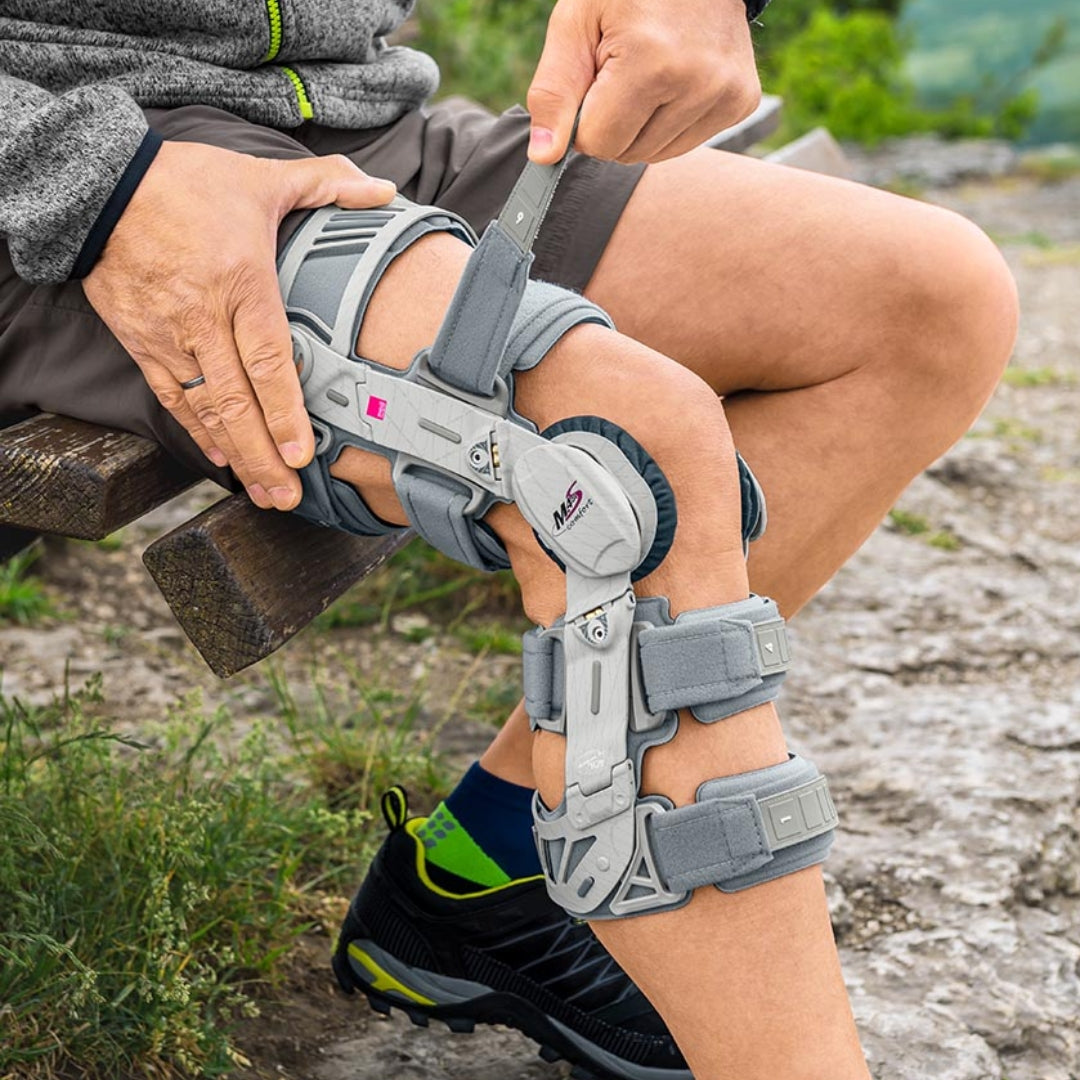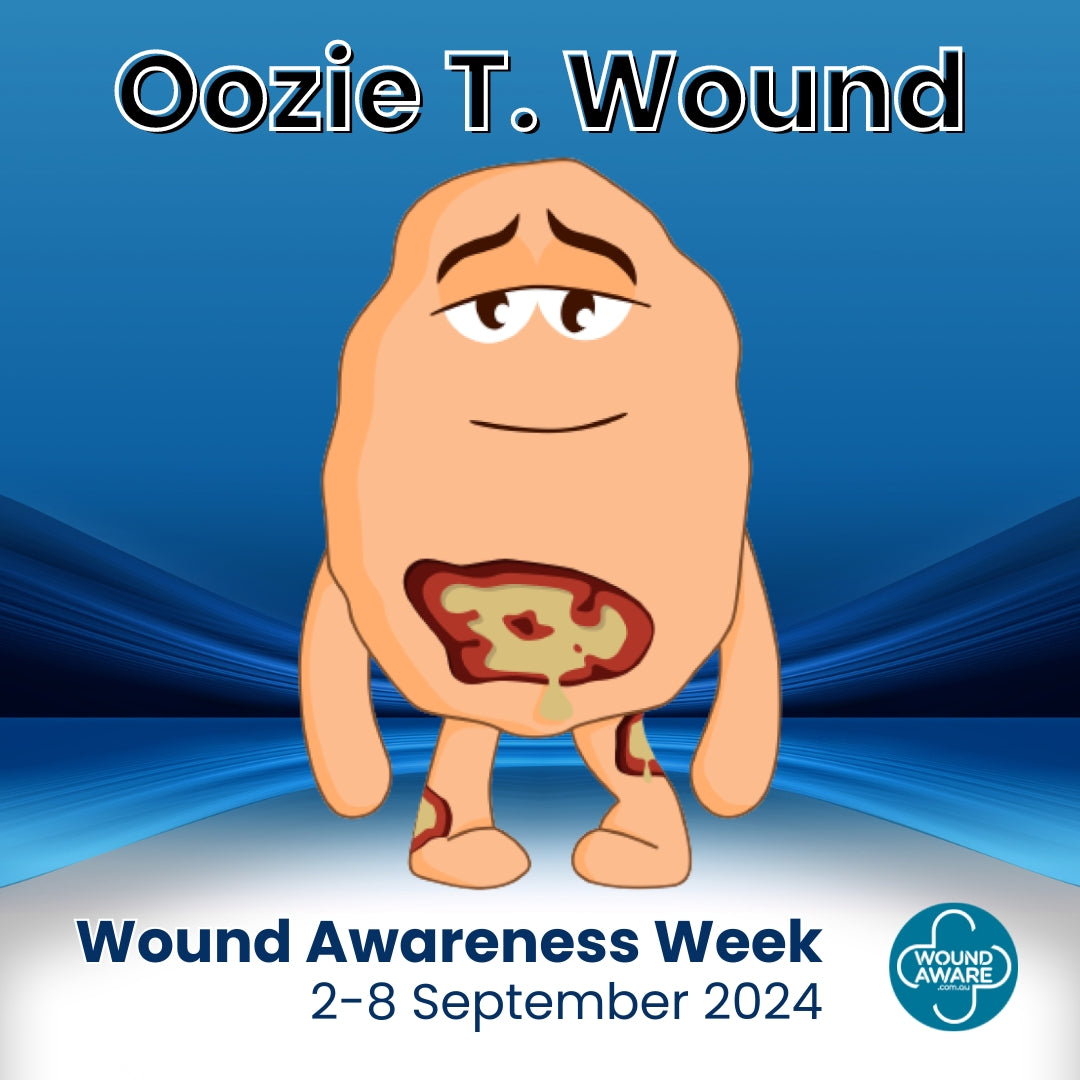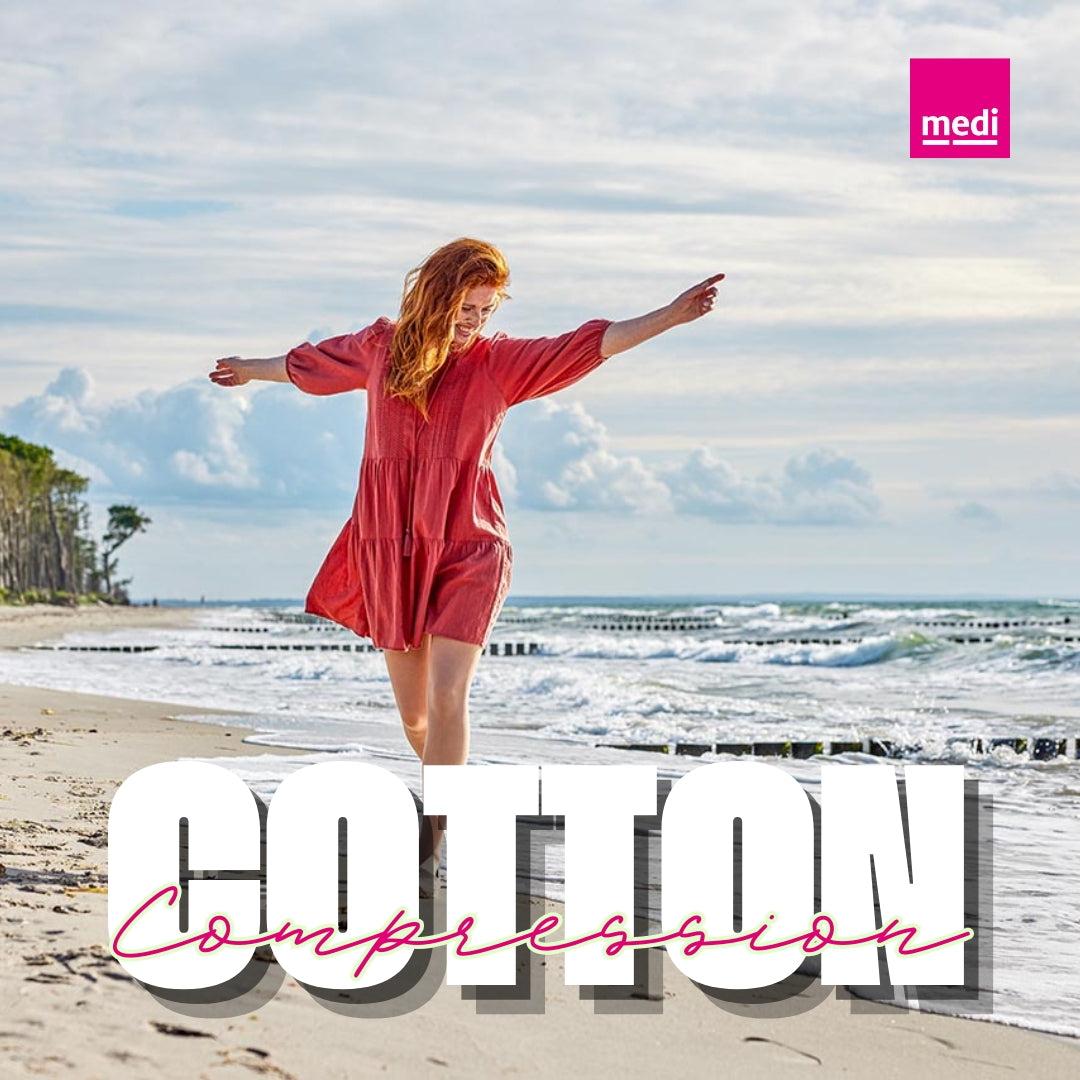Knee injuries are among the most prevalent musculoskeletal issues in Australia, affecting people of all ages and activity levels. From athletes to the elderly, knee problems like ligament tears, fractures, and arthritis can significantly impact daily life.
Orthoses, including rigid braces and soft supports, are vital in managing these injuries. We explore the most common knee injuries, the effectiveness of braces and supports, and why medical professionals are essential in selecting the right product.
Common Knee Injuries and Conditions
Knee injuries can vary in severity, from mild strains to severe ligament tears and fractures. The most common knee injuries and conditions that often require bracing or support:
Fractures
Knee fractures typically involve the patella (kneecap) and are often caused by falls or direct blows to the knee. Fractures can be painful and debilitating, often requiring immobilisation with a rigid brace during recovery
Anterior Cruciate Ligament (ACL) Injuries
The ACL is a crucial ligament stabilising the knee joint. Tearing the ACL is a common injury, particularly in high-impact sports like soccer and basketball. ACL injuries often require surgery, followed by the use of a rigid brace during rehabilitation.
Dislocations
Disclocations can happen in the knee when the knee bones are forced out of alignment, usually because of an injury. Patellar dislocations, where the kneecap moves out of place, are quite common, especially in sports or accidents. They often require a brace to stabilize the joint during the recovery process.
Bursitis
The knee contains smallfluid-filled sacs called bursae, which cushion the joint. Inflammation of these sacs, known as bursitis, is often caused by repetitive stress or overuse. Soft supports can help reduce pressure on the bursae, allowing them to heal.
Meniscal Tears
The menisci are cartilage pads that act as shock absorbers between the femur and tibia. Twisting motions or heavy impact can cause tears, leading to pain, swelling, and limited movement. Braces can provide stabilisation, helping the meniscus heal.
Tendinopathies and Tendon Tears
Conditions like patellar tendinitis (jumper's knee) involve inflammation of the tendons, while tears in the tendons require more significant intervention. Soft supports can alleviate pain and provide targeted compression.
Collateral Ligament Injuries
The medial and lateral collateral ligaments (MCL and LCL) are locatedon the sides of the knee. Injuries to these ligaments often occur from a blow to the knee or a sudden change in direction. Bracing can help stabilise the knee and aid in recovery.
Runner’s Knee - Iliotibial Band Syndrome (ITBS)
This condition is common in runners and cyclists, where the iliotibial band—a thick band of tissue running along the outside of the thigh—becomes tight or inflamed. Soft supports can help alleviate pressure on the band, reducing pain.
Posterior Cruciate Ligament (PCL) Injuries
While less common than ACL injuries, PCL tears are often caused by trauma, such as a car accident or a fall on a bent knee. A rigid brace may be necessary to stabilise the knee and aid in recovery.
Why Use Braces and Soft Supports?
Orthoses, including rigid braces and soft supports, provide essential support and protection during the recovery process. These devices help manage pain and inflammation and play a critical role in promoting healing by stabilising the knee joint and preventing further injury.
Medical Effectiveness of Knee Orthoses
Knee braces and supports have proven to be effective in reducing pain, improving joint function, and aiding rehabilitation. The type of orthosis recommended depends on the nature of the injury:
Rigid Braces
These braces are designed for more severe injuries, such as fractures, ACL tears, and post-surgical recovery. They offer significant stabilisation by limiting movement, which prevents further damage and promotes proper healing. Rigid braces are often wornfor 6 to 12 weeks, depending on the injury.
Soft Supports
Soft supports are typically used for milder conditions, like early-stage arthritis, bursitis, and tendinopathies. These supports provide compression and mild stabilisation without restricting movement, making them suitable for long-term use in managing chronic conditions.
The Importance of Medical Consultation
Choosing the right knee orthosis is not a one-size-fits-all decision. A healthcare professional's guidance is critical for several reasons:
Accurate Diagnosis
Medical professionals can accurately diagnose the specific injury and recommend the most suitable brace or support based on the severity and patient's needs
Customisation
Orthoses need to be properly fitted to ensure they are both comfortable and effective. A healthcare provider can adjust the brace to match the individual's anatomy and injury
Monitoring and Adjustment
The length of time a brace is worn and the need for adjustments depend on how well the knee is healing. Regular check-ups ensure that the orthosis continues to meetthe patient's needs as recovery progresses.
Latest Medical Guidelines: When to Use a Brace or Support
According to the latest medical guidelines, knee braces and supports are recommended in various scenarios
Post-Surgery
Following knee surgeries, such as ACL reconstruction or meniscus repair, rigid braces are used to stabilise the knee and protect the surgical site during healing. These braces are typically worn for several weeks after the operation
Acute Injuries
Immediately following a severe ligament injury or fracture, rigid braces help immobilise the knee, preventing further damage and allowing the tissues to heal. Athletes may also use braces when returning to sport post-recovery for added protection
Chronic Conditions
Soft supports are often usedforchronic conditions like osteoarthritis and bursitis. These supports help manage pain by providing compression and mild stabilisation, which reduces inflammation and improves mobility
Preventive Use
For individuals prone to knee injuries, such as athletes, soft supports can be used during high-impact activities to prevent injury. They provide compression and proprioceptive feedback, enhancing joint awareness during movement.
Combining Approaches for Optimal Recovery
In many cases, a combination of both rigid braces and soft supports may be recommended.For example, during the initial stages of recovery from a ligament tear or surgery, a rigid brace might be essential.As healing progresses, transitioning toa softsupport can provide continued protection while allowing greater mobility.
The duration of brace use varies depending on the type and severity of the injury. For post-surgical cases, rigid braces might be needed for 6 to 12 weeks, whereas soft supports for chronic conditions may be used for months or even years.
Careful Management of Knee Injuries
Knee injuries, whether caused by sports, accidents, or aging, require careful management to ensure proper healing and prevent long-term damage. Rigid braces and soft supports are integral to treatment plans, offering stability, protection, and comfort. Medi Australia's comprehensive range of orthoses ensures that individuals can find the right support for their specific needs, helping them get back on their feet and stay active.
medi's range of knee orthoses includes rigid and soft braces are available for various conditions. Always consult with your medical pofessional to determine the best suited brace or support for your needs. Measurements should be taken professionally for rigid and soft braces to ensure you have the correct fit, ensure faster recovery, comfort and that the best suited device is being utilised for your specific condition.











Leave a comment
This site is protected by hCaptcha and the hCaptcha Privacy Policy and Terms of Service apply.